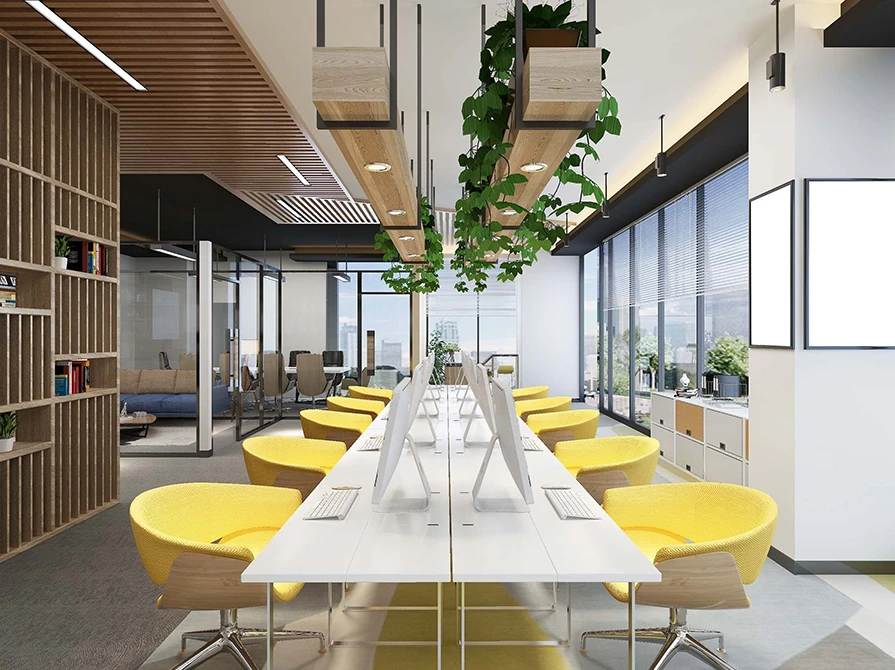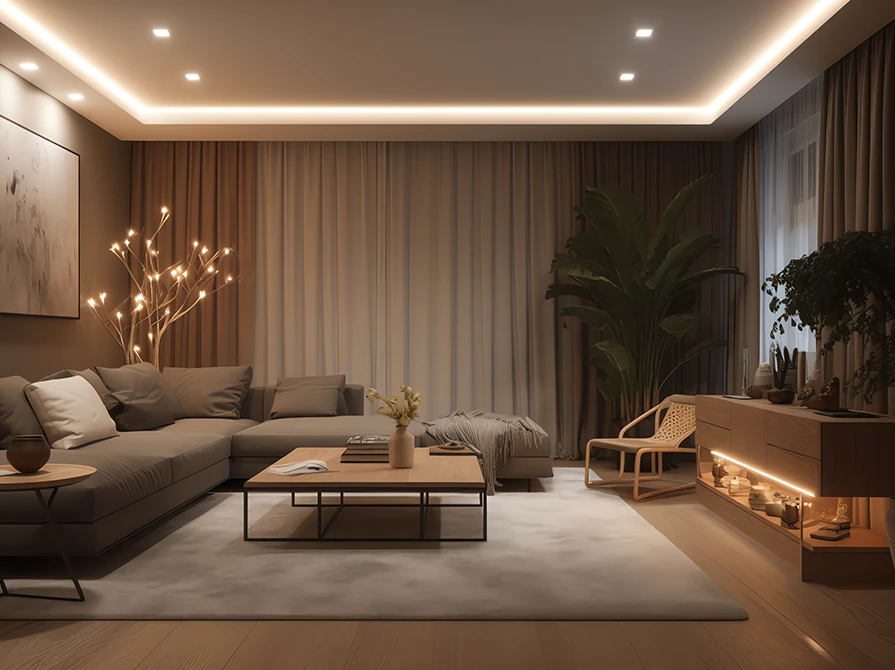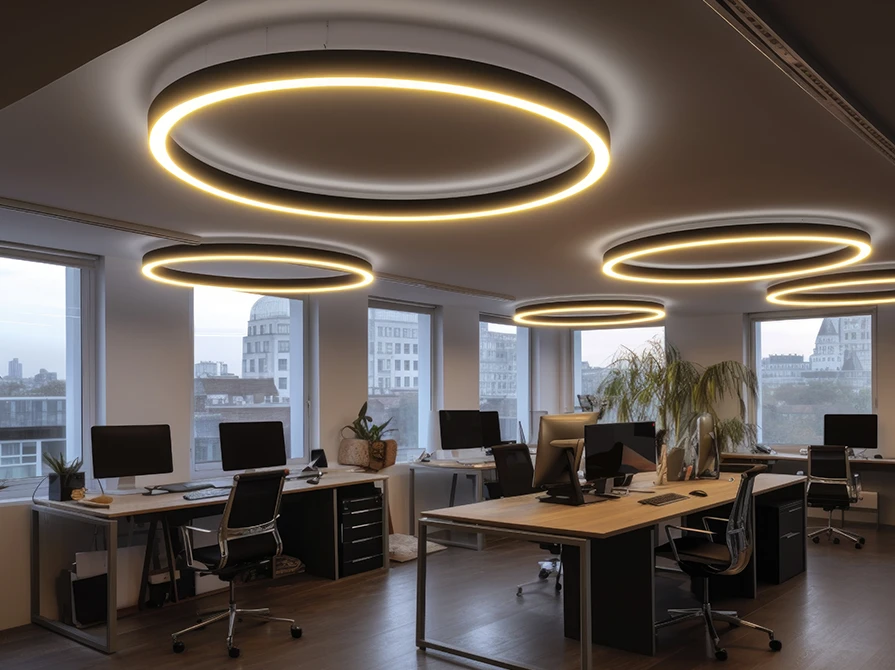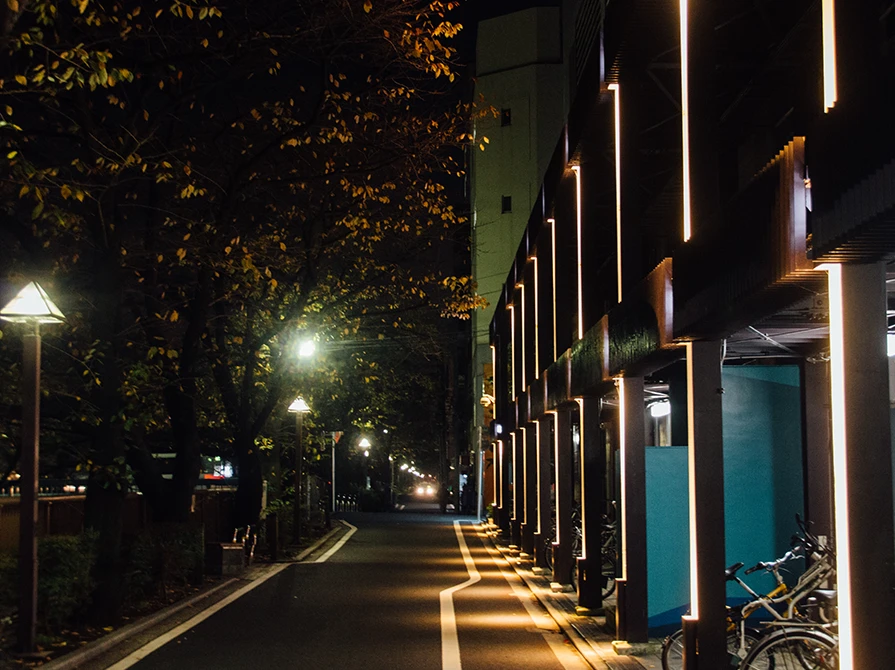Light as a Nutrient: The Role of Lighting in Optimizing Human Performance and Mood
Lighting has evolved far beyond a tool for merely illuminating spaces; it is now recognized as a crucial factor influencing human biology, performance, and emotional well-being. While the previous blog focused on the role of human-centric lighting in maintaining circadian rhythms, this blog will explore how light impacts human performance, mood, and how the right lighting can drive better outcomes across various aspects of life.
As research delves deeper into the connection between light and human physiology, it becomes increasingly evident that light has profound, sometimes subtle, influences on our productivity, cognitive abilities, and emotional states. This blog will address how appropriate lighting enhances these aspects and why treating light as a nutrient is critical for fostering environments where people can thrive.
Light's Influence on Cognitive Performance
Cognitive performance—our ability to focus, process information, solve problems, and make decisions—can be significantly affected by lighting conditions. Studies have shown that light plays an essential role in regulating neurotransmitter activity and brain function. The brain is particularly sensitive to light, as it stimulates the production of serotonin, dopamine, and cortisol, all of which affect our alertness, mood, and cognitive abilities.
Improving Focus and Concentration
- Bright, cool lighting is known to increase concentration levels, especially in settings requiring sustained attention, such as workplaces, schools, or control rooms in industrial settings. Bright light, particularly in the blue spectrum, enhances alertness and helps maintain cognitive function, making tasks that require extended focus more manageable.
- For example, research conducted in schools has demonstrated that classrooms equipped with dynamic lighting systems, which mimic natural light throughout the day, saw students exhibiting better attention spans, improved memory recall, and faster task completion. Similarly, in office environments, workers exposed to higher light intensities reported enhanced concentration and fewer errors during tasks.
Boosting Mental Acuity
- During problem-solving or creative tasks, lighting plays a pivotal role in boosting cognitive flexibility and mental acuity. Studies suggest that dynamic lighting, which allows for the adjustment of brightness and color temperature based on the time of day or task, supports creative thinking by keeping the brain stimulated. In environments where mental clarity and problem-solving are essential, such as research labs or design studios, adopting tailored lighting can yield tangible performance improvements.
Reducing Mental Fatigue
- Mental fatigue can be exacerbated by poor or monotonous lighting conditions. Staring at screens under dim or overly bright lighting can cause eye strain and headaches, detracting from performance and well-being. Adjusting light levels to minimize glare and providing soft, diffused lighting in certain areas can help alleviate these issues, resulting in higher overall cognitive endurance and productivity.
Light's Role in Emotional Regulation and Mood Enhancement
Lighting has a powerful influence on mood, emotional regulation, and overall mental well-being. A well-lit environment can uplift spirits, create a sense of warmth, and foster positivity, while dim or harsh lighting can have the opposite effect, leading to irritability, anxiety, and even depression.
Uplifting Mood Through Proper Lighting
- Exposure to bright, natural-like light during the day has been linked to the release of serotonin, a neurotransmitter that contributes to feelings of happiness and well-being. In contrast, environments with low or inconsistent lighting can disrupt this process, leading to lower serotonin levels and negatively impacting mood.
- Many businesses, particularly in retail and hospitality, have embraced ambient and adjustable lighting to create atmospheres that uplift customers' moods. For instance, a café might use warm, dim lighting in the evening to create a cozy and inviting space, while a retail store may use bright, invigorating light to energize shoppers and encourage purchases.
Combatting Seasonal Affective Disorder (SAD)
- Seasonal Affective Disorder (SAD) is a form of depression that typically occurs during the darker months of the year when exposure to natural sunlight is limited. The lack of light disrupts the body’s ability to produce adequate serotonin, leading to feelings of lethargy, sadness, and a general drop in mood.
- Artificial light, designed to mimic the color spectrum and intensity of natural sunlight, has been shown to alleviate the symptoms of SAD. Full-spectrum lighting systems used in homes, offices, and healthcare settings can help mitigate the emotional toll of reduced sunlight during the winter months, providing a healthier indoor environment for those affected by SAD.
Creating Calming Spaces in Healthcare and Wellness Centers
- In spaces designed for relaxation or healing, such as spas, yoga studios, or healthcare facilities, warm, soothing light is often employed to create a calm and serene environment. Studies have shown that patients in hospitals who are exposed to soft, natural-like lighting report lower stress levels, shorter recovery times, and improved mental well-being compared to those in more sterile, overly bright environments.
- By mimicking the natural light patterns of dawn and dusk, biophilic lighting (which integrates nature-like elements) can create calming, stress-relieving spaces that promote mental relaxation, which is particularly beneficial in settings where emotional well-being is critical.
Lighting for Social Interaction and Collaboration
Another key dimension of light as a nutrient is its role in facilitating social interaction and collaboration. In environments where people gather for meetings, brainstorming sessions, or casual conversations, lighting can help create a conducive atmosphere for open communication and idea sharing.
Encouraging Collaboration in Offices
- Modern office designs now incorporate adaptive lighting systems that adjust based on occupancy or activity. Bright, collaborative spaces often employ cool, invigorating light that fosters alertness and engagement during meetings or group discussions. By contrast, break rooms or relaxation zones feature warmer, softer lighting to encourage relaxation and informal interaction.
Fostering Connectivity in Social Spaces
- In restaurants, lounges, or co-working spaces, lighting plays a key role in setting the tone for social interaction. By balancing brightness with ambiance, these spaces can be designed to encourage more authentic and meaningful connections among individuals.
A Holistic Approach to Lighting
Light is much more than a tool to see — it is a powerful nutrient that influences human health, performance, and emotional well-being. By adopting a holistic approach to lighting, businesses, healthcare facilities, and educational institutions can optimize environments that nourish the body and mind. Whether it's improving cognitive function, boosting physical performance, enhancing mood, or fostering collaboration, lighting, when treated as a nutrient, holds the key to creating healthier, more productive spaces. Through thoughtful design and innovative technologies, such as human-centric lighting, we can truly harness the power of light to support the human experience at every level. Contact us to know more about the role of lighting as a nutrient and how it can help boost the mood and performance of individuals.










